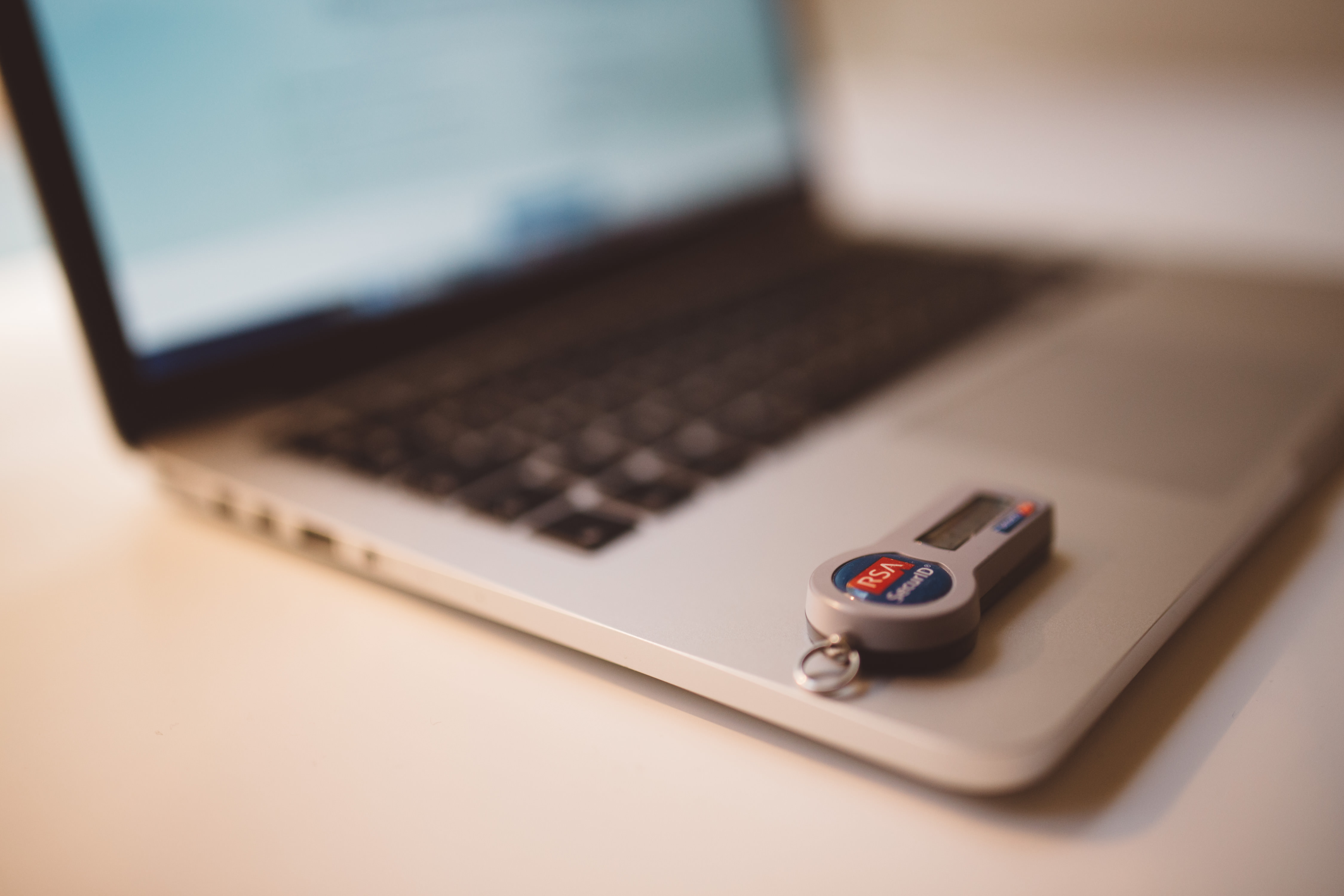The Internal Revenue Service, state tax agencies and the nation’s tax industry urge you to join their effort to combat identity theft by doing more to protect personal and financial data from online threats.
Working in partnership with you, we can make a difference. That’s why for the second year in a row, the IRS has embarked on a public awareness campaign called “Taxes. Security. Together.” And, they’ve launched a series of security awareness tips that can help protect you from cybercriminals. This is all part of the Security Summit effort, a joint effort between the IRS, the states and the private-sector tax industry.
Here’s an overview of basic steps to help protect your data:
1. Use security software. Security software can protect your computer – and your data – from numerous threats posed by malicious programs, also known as malware. Many computers come with security software already installed. Make sure to turn it on. Set it for automatic updates to allow for protection against emerging anti-malware threats. Also, make sure you add security to all your digital devices, including your laptop, tablet and mobile phone.
2. Use encryption software to protect sensitive data. If you keep sensitive financial data such as prior-year tax returns or important records on your hard drive, consider investing in encryption software to safeguard documents with password protection.

3. Use strong passwords. Use strong passwords of 10 or more digits that include letters, numbers and special characters. Do not use the same password for all your accounts, especially your financial accounts. Change your passwords every few months. Create passwords not only for your online accounts but also for access to your computer for an added layer of protection.
4. Avoid phishing emails. Never reply to emails, texts or pop-up messages asking for your personal, tax or financial information. A favorite tactic of cybercriminals is to pose as businesses, credit card companies or even the IRS and ask to update your account or divulge your Social Security number. Reputable companies never ask for sensitive data over unsecured channels.
5. Back up your data. Periodically back up all the data on your computer via your protected cloud storage or a separate disk. If your data gets stolen or you suffer a disk failure, recovery is easy if you have routinely backed up your information.
6. Protect your wireless network. If you use a residential wireless network connection, make sure you have a strong password protection for it. And, if you use public Wi-Fi, never share sensitive data. If a public Wi-Fi hotspot does not require a password, it probably is not secure.
The IRS, state tax agencies and the tax industry joined together as the Security Summit to enact a series of initiatives to help protect you from tax-related identity theft in 2017. You can help by taking these basic steps.
The information in this article was originally published on IRS.gov.